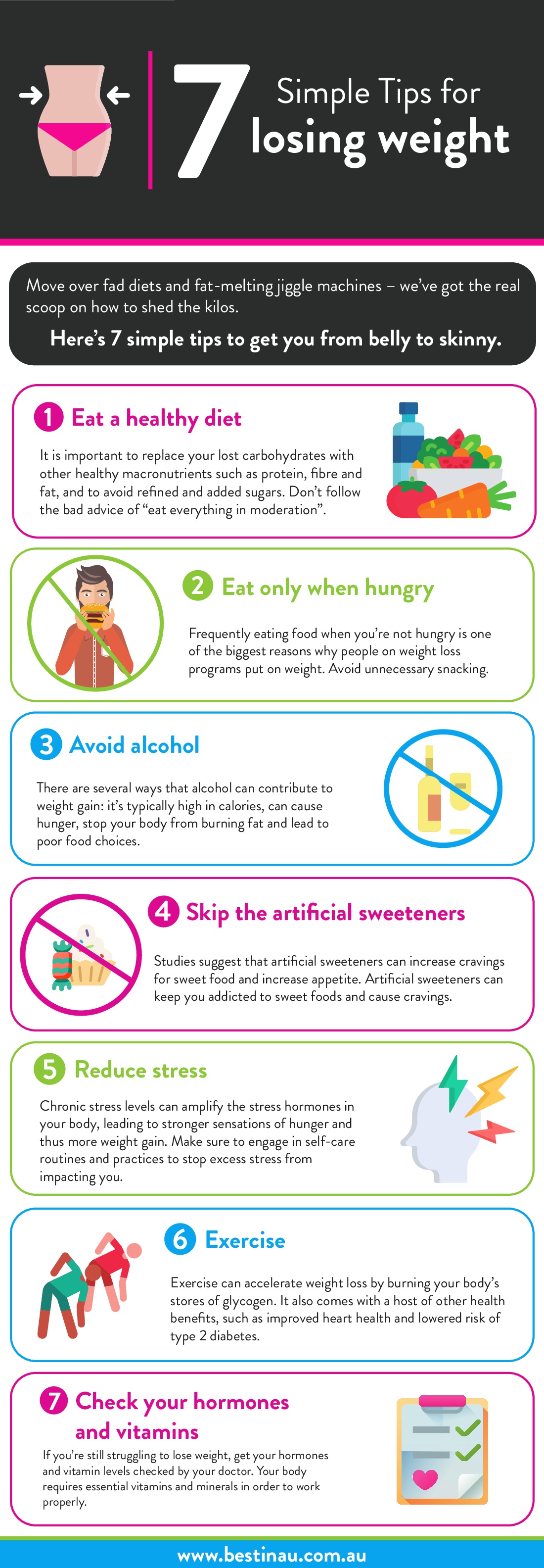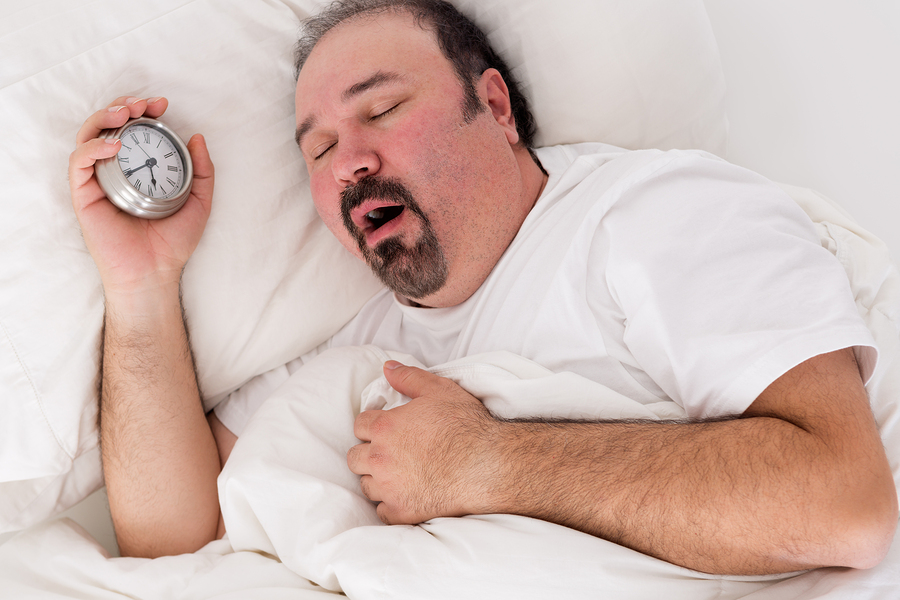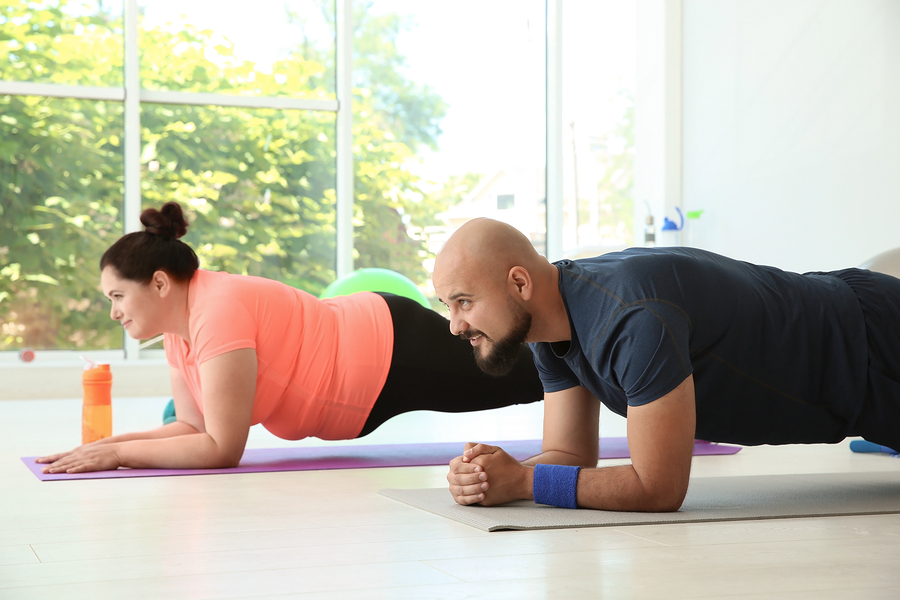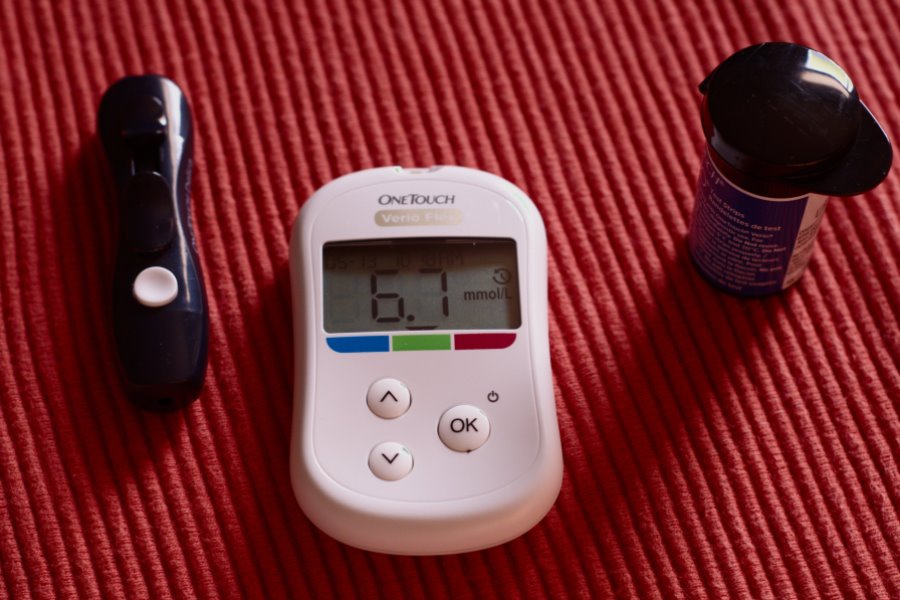Quitting smoking can be one of the best things you do when it comes to your health. Quitting smoking can be incredibly challenging, this is because of the physical and psychological dependence people have on cigarettes. Cigarettes are up there as one of the most difficult drugs to quit and research shows that many people do not successfully quit long term.
Whether you’re looking to quit for the first time, or trying again after a relapse, you’re probably anxious. The nicotine withdrawals when quitting can be intense and difficult to manage in daily life and many people with have a large number of triggers associated with smoking. It is likely that people within your social circle also smoke, so it can be a very hard habit to break.
There are many therapies out there however that can successfully help people to quit smoking, especially if they are used in conjunction with each other. The most important thing to do when quitting is to have a good quit plan in place and make sure you are informed on the quitting strategies and tools that are out there to assist with the process.
To help you educate yourself on what to expect when quitting and which strategies are available we have put together a list of the 5 main tips to give up smoking cigarettes. Read on below if you’re thinking about quitting.
How to quit smoking now and forever?
There are 5 simple ways to stop smoking fast:
- Cold Turkey – quitting smoking all at once
- Nicotine Replacement therapy – using gum and lozenges, nasal sprays and patches
- Non-nicotine medications – using non-nicotine smoking cessation drugs
- Cognitive Behavioural Therapy – by breaking the behaviour patterns of smoking
- Alternative therapies – by hypnosis, acupuncture, meditation
Quitting Smoking by Cold Turkey

Going cold turkey involves quitting smoking all at once, without the assistance of medications or nicotine replacement therapies.
It can be a very effective method of smoking cessation if correctly prepared for and many people have successfully give up smoking this way.
Cold Turkey has an obvious benefit over some of the other giving up smoking methods out there because it is free, medications, replacement therapies, behavioural therapy and alternative medicines all have a cost associated with them.
When trying to go cold turkey it is important to set a realistic quit date, keep your social calendar in mind and try to avoid events or social gatherings that might make it difficult to quit. Times of stress are probably not going to be the best times to try and cut smoking out of your life; you’ll end up giving in to nicotine cravings and start to feel negatively about your chances of successfully quitting.
Once you’ve made the decision to quit, it’s important to write down a concrete list of reasons why you’re quitting, hold on to this a re-read it when you feel like giving in.
You should also consider your habits as a smoker and come up with a way to deal with the inevitable cravings you will experience. Find ways to distract yourself – gum, lollipops or phone games are effective for many people in helping to pass the time when a craving comes.
Changing up your routine to break the habit is the best way to get beyond the smoking cravings, many people will reach for them at regular intervals throughout the day, switching up normal behaviours can alleviate some of the cravings that come with a smoking habit.
That said, smoking is highly addictive, so at some point you will experience the effects of nicotine withdrawal. It’s important to remember that these symptoms will pass within a few days, but you should prepare yourself by knowing what to expect.
Nicotine withdrawal usually involves intense cravings, irritability and moodiness and trouble sleeping but it can be attributed to weight gain, appetite changes, drowsiness or trouble sleeping and even flu-like symptoms.
Involving your friends and a support network is the best way to ensure that you remain accountable and continue on with your quitting journey. There are support groups and helplines that can help people trying to quit the habit, look into one in your local area if you’re considering quitting.
During the process it’s very important to keep in mind all the benefits of quitting, research has shown that there are almost immediate benefits to smoking cessation and you’re body will show big signs of improvement in only a few weeks.
Nicotine Replacement Therapy

When giving up smoking there are two major components to consider, the physical dependency and psychological dependency on the habit.
Nicotine is an addictive substance which causes some very real withdrawal symptoms and these negative symptoms coupled with the psychological dependence people have on smoking as their crutch make it a very difficult habit to kick.
Nicotine replacement therapy replaces the nicotine that people get from smoking through a variety of means such Nicorette gum and lozenges, nasal sprays and patches. The idea is that replacing the nicotine people get from cigarettes allows them to focus on the psychological aspects of quitting, without the additional harmful substances found in cigarettes.
Different people will have preferences for different methods of nicotine delivery, for some people patches might be preferred over lozenges for example. For other people a combination of delivery methods may be the best approach.
Nicotine replacement therapy allows people to break the habit of smoking without caving into the strong cravings associated with nicotine withdrawal.
Nicotine replacement therapy has been shown to be highly effective and is thought to double the chances of people quitting smoking for good.
Most methods of nicotine replacement therapy are easily available over the counter, making this an accessible and easy way to quit smoking. It’s important to seek out the advice of your doctor to ensure you are using the correct dosage and tapering down when appropriate to avoid ongoing nicotine addiction.
Combining nicotine replacement therapy with other methods of quitting can help to increase the effectiveness of the therapy. It is good to consider therapy for the psychological aspects of smoking for example, or seeking out prescriptions to take in combination with over the counter solutions.
It is extremely important to remember that you should not smoke whilst on nicotine replacement therapy as this can lead to a nicotine overdose. Nicotine overdoses can potentially be deadly, if you begin to feel ill or accidentally have too high a dose of nicotine you should seek out medical help immediately.
Some people view nicotine replacement therapy as cheating, however it simply isn’t true that you should go purely cold turkey. The physical component of smoking is only one small part of the habit and nicotine replacement therapy is an important tool for many if not most people looking to quit.
Quitting is a different process for everybody, but nicotine replacement therapy or a combination of therapies can be very effective and is worth speaking to your doctor about.
Non-nicotine medications

There are a number of non-nicotine prescription drugs that have been shown to be helpful in quitting smoking, especially when used in combination with nicotine replacement therapy.
This is a giving up smoking strategy that is especially worthwhile to consider for smokers that are highly dependent on cigarettes. If you are a heavy smoker and regularly smoke a pack or more a day and feel the effects of withdrawal it’s far less likely that the cold turkey approach will be effective as a quitting strategy.
Nicotine actually affects the brain and changes the way it is wired, so you truly do become physically dependant. Heavy smokers are much more likely to struggle with the effects of withdrawal. Prescription drugs have a high success rate for quitting.
Many people feel that they should be able to do it without medication, or may have tried it before and failed but medications are a very worthwhile approach to quitting and there is nothing wrong with using drugs to increase your chances.
Prescription non-smoking drugs work by affecting the nicotine receptors in the brain, this lessens the pleasure associated with smoking and also decreases the nicotine withdrawal symptoms a person experiences when quitting.
In Australia, Champix (Varenicline) is a prescription currently available and listed on the PBS for smoking cessation. It makes smoking unpleasant but also slow releases dopamine throughout the day, making you less likely to experience the agitation and strong withdrawals commonly associated with quitting.
There are non-smoking vaccinations in development, so it’s likely that the efficacy and success of non-nicotine drugs will only increase with time when it comes to quitting smoking.
A good thing about non-nicotine smoking cessation drugs is that there is no risk of accidental nicotine overdose as there is with nicotine replacement therapies, and you are immediately reducing your physical dependence on nicotine.
For many prescription quit drugs, you begin to take them ahead of your quit day, this prepares you ahead of time for quitting. Some prescription smoking cessation drugs can have unpleasant side effects like nausea, vomiting and mood changes.
There are many prescription drugs on the market so it’s important to talk to your doctor about your specific circumstances to work out the best option for you. Your doctor might also recommend taking the prescription in combination with other therapies like nicotine replacement therapy, alternative therapies.
During the quit phase it’s important to ensure you have a good and understanding support network around you to help you to quit.
Non-nicotine prescriptions can be a highly effective method of smoking cessation. If you’re considering quitting or tried and failed at using other methods in the past, then consider talking to your doctor about getting a prescription.
Cognitive Behavioural Therapy

The psychological side of a smoking habit has a big role to play when it comes to quitting. In many ways, the psychological aspects of smoking are more significant than the physical dependence people have on nicotine.
When quitting, the height of the physical withdrawal symptoms will usually subside after three days, while breaking a habit can take weeks if not months.
Many smokers have been smokers for years and breaking a habit that is part of daily routine can be extremely challenging. Cognitive behavioural therapy has been used to great effect for a long time in helping people to deal with many different psychological issues and negative behavioural patterns and can play a vital role in smoking cessation when used effectively.
Cognitive behavioural therapy can be used to break the behaviour patterns of smoking and to help people change their though processes and behaviours related to smoking.
Cognitive behavioural therapy can be conducted in a number of environments, including one-on-one with a therapist and in group therapy. It tends to be most effective when done one-on-one but the supportive environment of group therapy can be very helpful for some people.
During cognitive behavioural therapy your therapist will equip you for tools to help you quit and change any negative thoughts about smoking. They do this by teaching you individual strategies based on your behaviours to help you cope with cravings or thoughts that can lead to smoking, helping you to overcome temptations.
They also educate you about smoking and its dangers and the process of quitting, helping to better prepare you for the road ahead.
They will also work with you to identify social and environmental triggers for smoking and help you to find motivational cues for quitting, keeping you on track.
Cognitive behavioural therapy can also be helpful in creating an aversion to smoking by identifying and highlighting negative associations with the habit so that you eventually no longer want to do it.
On its own cognitive therapy is less effective, although it can help to improve attitudes about relapse. It is most effective when used in combination with other therapies such as nicotine replacement therapy or non-nicotine prescription drugs, to help deal with the physical side of smoking.
Cognitive behavioural therapy for some people can be integral to a successful attempt at quitting smoking.
It is important to recognise that people become more than just physically dependant on smoking and also have a number of psychological reasons for smoking; good behavioural therapy helps them to address the underlying reasons for smoking so that they can successfully quit.
If you’re struggling with using smoking as a daily crutch then cognitive behavioural therapy might be an essential component to include in your quitting strategy.
Alternative Therapies

There are many different alternative therapies out there to help people to give up smoking, hypnosis, acupuncture, meditation and alternative medicines are just a few of the more popular alternative approaches to quitting.
The nature of alternative therapies means that it can be difficult to measure the effectiveness and success rate they have on quitting, so it’s difficult to know how well they really work but their popularity certainly seems to indicate that they can be helpful as a quitting strategy.
Many of the therapies can help people to deal with stress and thought patterns, which can be a major trigger for smoking but may also assist with dopamine release which can help with suppressing nicotine withdrawal symptoms.
Most doctors will recommend alternative therapies be done in combination with other therapies, like nicotine replacement therapy or cognitive behavioural therapy.
Every person’s quitting journey is different however, for some conventional medicine is the best approach, whilst others may find alternative therapies work well for them.
Hypnosis, a favourite alternative therapy for those looking to quit tends to focus on identifying peoples unconscious triggers for smoking and breaking the habit usually through various suggestions made by the hypnotherapist.
Acupuncture is Chinese therapy that uses small needles on the body based on the belief that different points of the body correspond to different emotions or behaviours. Acupuncture in combination with other therapies like nicotine replacement therapy has been shown to improve the success rate for quitting.
Meditation practice has been shown to be promising as an alternative to smoking’s stress relieving qualities and may help to change the thought patterns around smoking. 5 to 20 minutes of meditation each day can be very helpful for stress relief and managing smoking cravings.
There are other popular alternative therapies out there such as alternative medicines like St. Johns Wort and black pepper essential oil.
Alternative therapies are preferential for many people as they are gentler and more natural than prescriptions or nicotine replacement therapies.
Alternative therapies can be helpful both in combination and without for smokers, whilst their effectiveness cannot be conclusively proven, they are a popular and worthwhile option for those looking to quit.
Quit Smoking Plan
Quitting any addiction is a challenge, and kicking the cigarette habit in the butt may be one of the toughest. But it’s worth the effort – each day you don’t smoke improves your health and boosts your life expectancy. Millions of people have successfully quit smoking, and you can too.

Here’s your action plan, which includes what to expect and some sneaky hacks to help keep you on track:
- Know the facts and benefits
- Get out your journal
- Make the decision and speak to your doctor
1. Know the facts
Statistics:
- 8% of Australians are current smokers – this rate has nearly halved since 1995
- Tobacco smoking is a major cause of preventable illness and death; 2 in 3 lifetime smokers die from a smoking-related disease
- 18,762 Australians died from tobacco use in 2011
- Smokers die on average 10 years earlier than non-smokers
Some health problems caused by smoking include:
- Cancer
- Chronic bronchitis
- Eye diseases
- Type 2 diabetes
- Stroke
- Heart disease
- Low bone density
- Reduced fertility in women
- Impaired lung growth in children and teens
- Erectile dysfunction
- Faster decline of lung function
- Rheumatoid arthritis
- Tuberculosis
- Pregnancy and childbirth problems
- Worsening asthma
Tobacco use is associated with a range of other health conditions, including sleep disorders, reduced fitness, poor sense of smell and taste, tooth decay and interaction with other drugs (such as the contraceptive pill).
Benefits of quitting
Regardless of your age and how long you’ve been smoking, quitting can provide you with many health benefits and save you money.

Here’s how your body improves after your last cigarette:
After 20 minutes
Pulse rate, blood pressure and body temperature in the extremities become normal.
1 hour
Resting heart rate and blood pressure decrease.
4 hours
Breath is fresher.
8 hours
Levels of carbon monoxide in blood returns to normal and oxygen in blood increases to normal.
12 hours
Nearly all nicotine is out of the body.
24 hours
Heart attack risk starts to decrease.
48 hours
Nerve endings start to regrow and smell and taste improves.
5 days
Most nicotine by-products are released from the body and the liver and kidneys are working more effectively.
1 week
The lungs’ cleaning system begins to recover and eliminates tobacco toxins.
1 month
Circulation and lung function improves.
3 months
Tobacco stains on the fingers improves and skin becomes clearer.
9 months
Coughing, shortness of breath and sinus congestion is reduced. The lungs become healthier and cleaner. The body’s energy and immune system improves and stress levels are reduced.
1 year
Reduced risk of coronary heart disease by 50% of that of a smoker.
5 years
Stroke risk is minimised to that of a non-smoker around 5-15 years after quitting.
10 years
Risk of lung cancer is halved, precancerous cells are replaced by healthy ones and overall risk of cancer is reduced.
15 years
Heart attack and stroke risk is nearly the same as a non-smoker’s.
2. Get out your journal
Being able to identify your personal reasons for wanting to give up smoking and knowing what to expect is crucial for staying on track.

1. Write out your motivations for quitting and the benefits you’ll reap
Giving yourself good reasons to stop smoking is where the desire to quit comes from! People’s motivations may vary, but some common ones include:
- Improving your health (e.g. minimising risk of cancer, having healthier lungs, nails and teeth)
- To save money
- To protect the health of your baby (if pregnant or trying to become pregnant) or children
2. Write out what difficulties you expect to come up against
Quitting smoking is not always going to be easy. You’ll have good days and bad days. It’s important to have realistic expectations and know that your journey may be challenging, but that you have the tools to cope. Difficulties may include:
- Withdrawal symptoms
- Smoking triggers
3. Write out what you can do to resolve these difficulties
There are ways that you can manage these difficulties, including:
- Dealing with stress and emotions
- Changing up your routine
- Avoiding triggers if possible
- Exercising
- Medication
The best way to quit is to use a variety of methods. This increases your chance of success.
3. Make the decision and speak to your doctor
Once you have your reasons for quitting, it’s time to make the decision to officially quit. It’s up to you to decide whether you’re going to quit cold turkey or start cutting down first (though many experts recommend going cold turkey as it’s easier and comes with less prolonged withdrawal symptoms and cravings).
Did you know that 95-97% of people who quit without any support start smoking again after 6-12 months? Your doctor can help you create a personalised action plan to increase your chances of success. They may consider a combination of the following to help you quit smoking:
Counselling
Tobacco addiction isn’t just a physical issue; it’s a social, mental and emotional one too. A counsellor can help you problem solve issues associated with quitting and provide you with skill training to improve your daily behaviours. You may find group therapy or individual therapy helpful.
Medication
Medications such as nicotine-replacement therapy and nicotine-free medicines may be able to help reduce withdrawal symptoms and cravings. Speak to your doctor to see if medication is suitable for you.
Q&A – What to expect on your quitting journey
What are the three factors of addiction?
- Physical: Nicotine causes dopamine to be released in the brain, making you feel good temporarily.
- Mental/behavioural: Smoking can become a part of your daily routine, with environmental triggers such as having breakfast or having a lunch break causing you to light up without thought.
- Social: Social factors such as having peers or friends who smoke around you can cause you to smoke more often.
What are the typical withdrawal symptoms?
- Feeling emotional – irritable, angry, anxious or depressed
- Intense cravings (this urge should pass within a few minutes)
- Restlessness, difficulty sleeping and concentrating
- Heightened appetite and weight gain
- Physical symptoms such as sore throat, constipation, dizziness or mouth ulcers.
What is the first week like after quitting?
The first week is arguably the hardest. Withdrawal symptoms can start as soon as 30 minutes after your last smoke, reaching their peak after around 2-3 days. Remember that this is a sign that your body is recovering from the addiction.
What about the first month?
While the first week may be over, you’ll likely still face withdrawal symptoms, with your emotions fluctuating. However, after two weeks your chances of staying smoke-free are heightened. Be proud of your achievement!
How much money will I save by quitting?
If you currently smoke 20 cigarettes each day with a cost of $22, quitting will save you $8,000 a year. You could buy a jet ski or a trip to France with that money! Use an online cost calculator to find out how much money you’ll save.
What are some common craving triggers?
- Feeling stressed out by work
- Feeling angry after a relationship conflict
- Drinking coffee, alcohol or an energy drink
- Seeing someone else smoke
- Hanging out with friends that smoke
What are some substitutes for smoking?
- Hanging out with non-smokers
- Chewing gum
- Going for a walk
- Talking to friends
- Stay busy (with reading, video games or another hobby)
- Mix up your diet and routine
- Meditation and mindfulness
- Deep breathing
- Yoga
How do you handle stress and negative emotions?
Rather than using cigarettes to deal with stressful feelings, try swapping them for something healthier. Relaxation techniques such as deep breathing, meditation and mindfulness, yoga, massages or a trip to the spa can help. Exercise (especially in a form that you enjoy!) can boost the feel-good chemicals you’d normally get from a cigarette. Talking to friends and family or journaling can help too.
How do you avoid slipping back into the addiction?
Really commit to your choice and take it one day at a time. Thinking about the future may be stressful, so stay present. Not smoking is a choice you make in each moment. Slips may happen, where you have one or two cigarettes. This can make it harder to stay smoke-free, but it’s different from a relapse. You can learn from the slip – don’t fall back into relapse. It’s just a temporary setback. Be sure to reward yourself along the way, too.
Conclusion
Like millions of others, you too can live a smoke-free, healthy and happy life. Ensure that you deal with your triggers and withdrawal symptoms to stay on top of your goals and achieve success.




























